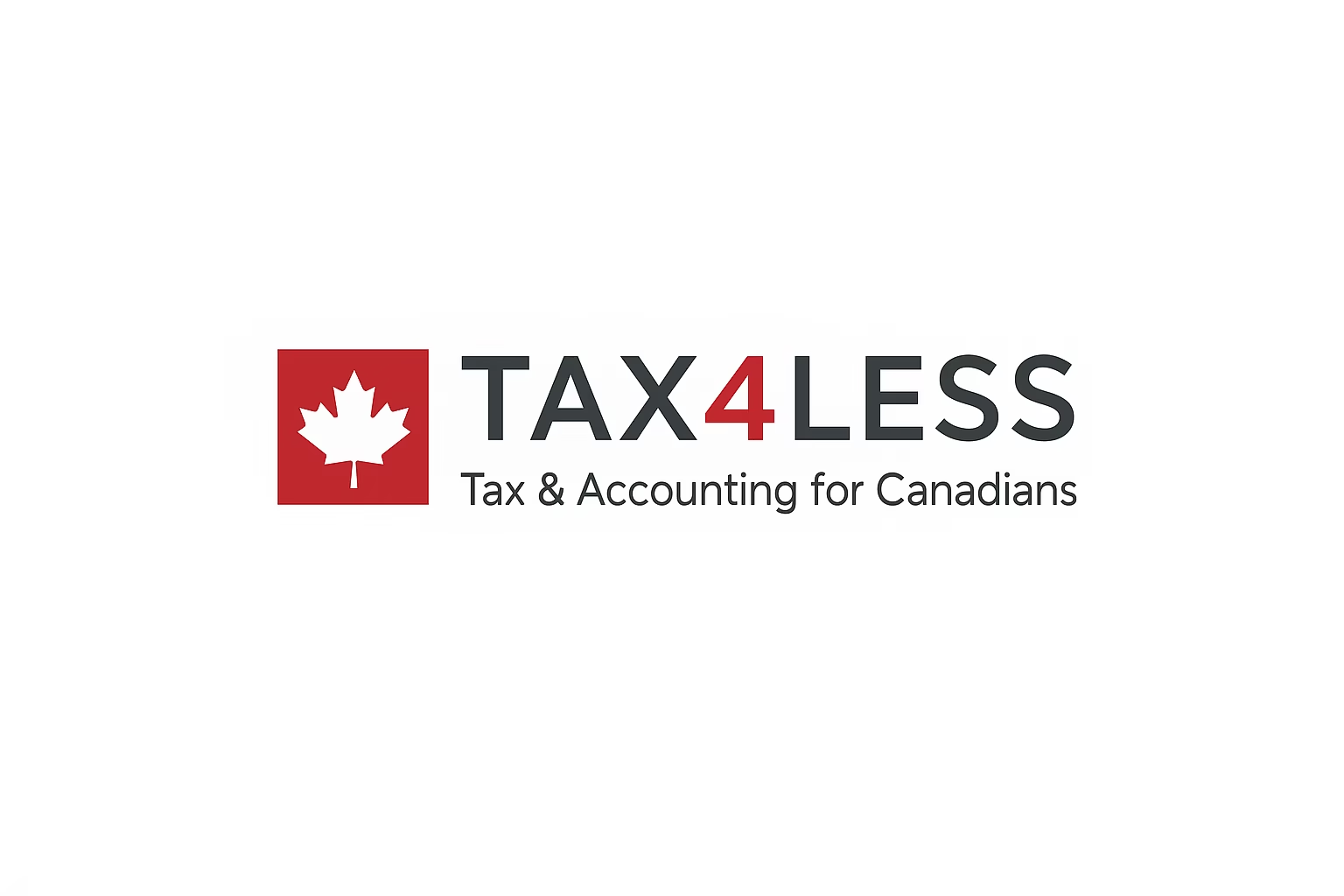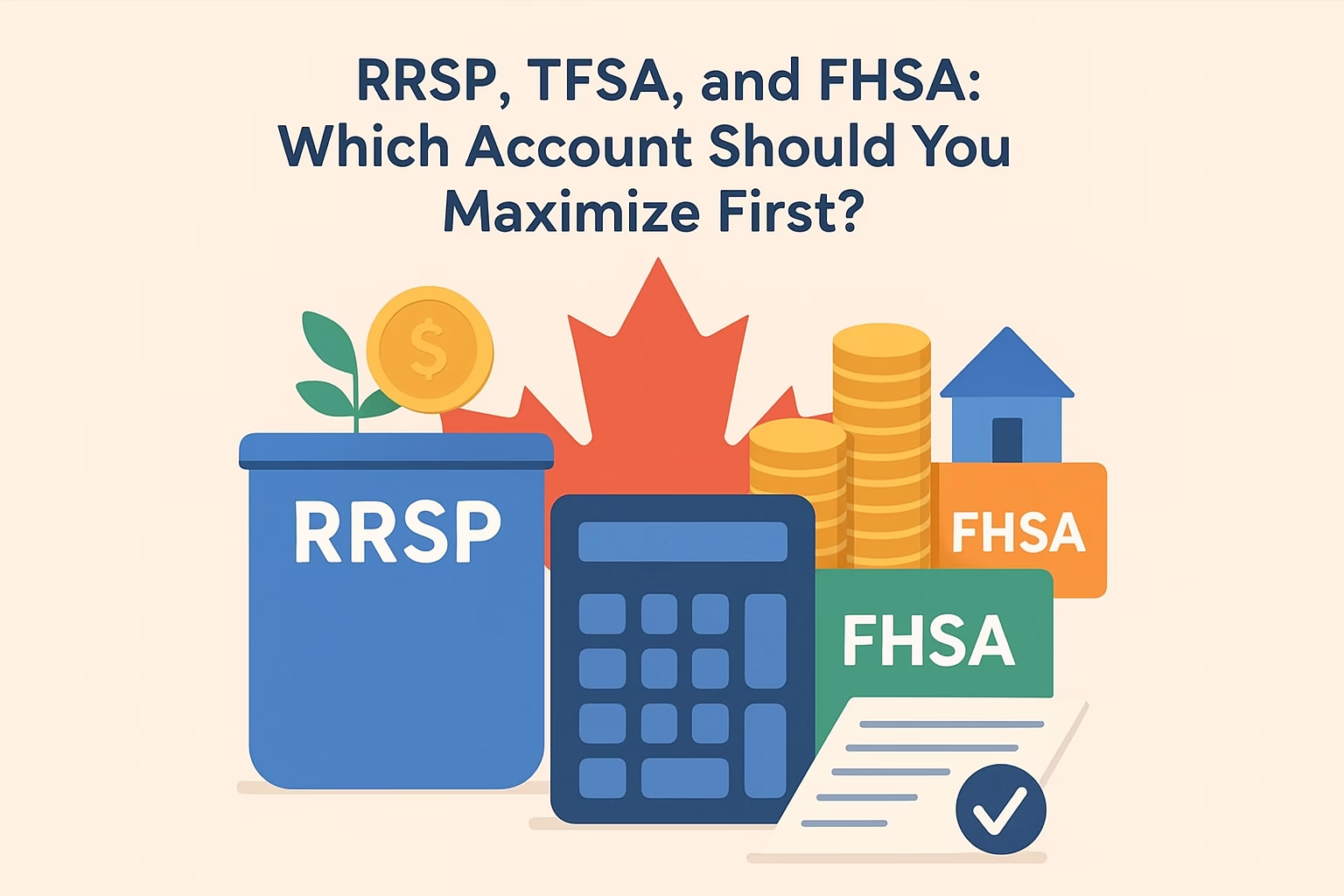Understanding the Various Forms of the Landlord and Tenant Board (LTB) in Ontario
The Landlord and Tenant Board (LTB) of Ontario provides a range of forms that landlords and tenants use to address different types of rental housing issues under the Residential Tenancies Act (RTA). Each form serves a specific purpose — whether it’s to start an application, respond to a claim, give notice to end a tenancy, or request an order. Knowing which form to use and when is crucial for protecting your rights and ensuring your case is handled properly. Below is an overview of the most commonly used forms, what they mean, and when they should be used.
1. Form N4 – Notice to End Tenancy for Non-Payment of Rent
Form N4 is used by landlords when a tenant fails to pay rent on time. It gives the tenant 14 days (or 7 days for daily or weekly tenancies) to pay the overdue rent or move out. If the tenant pays within that period, the notice becomes void; if not, the landlord can file Form L1 to apply for eviction. It’s important that landlords serve this notice correctly, as errors in the rent amount or dates can invalidate the entire process.
2. Form L1 – Application to Evict a Tenant for Non-Payment of Rent and to Collect Rent the Tenant Owes
After serving Form N4 and waiting for the notice period to expire, the landlord can use Form L1 to apply to the LTB to evict the tenant and recover unpaid rent. This form is only valid if the N4 was properly served and the tenant did not pay in time. It can also include a claim for rent that becomes due up to the hearing date.
3. Form N5 – Notice to End Tenancy for Interfering with Others, Damage, or Overcrowding
This notice is used when a tenant is disturbing other tenants, damaging property, or allowing too many people to live in the rental unit. The tenant has 7 days to correct the problem. If they do not, the landlord can file Form L2 to request eviction. If a similar issue happens again within six months, the landlord can issue another N5 without offering a chance to correct it.
4. Form L2 – Application to End a Tenancy and Evict a Tenant
Form L2 is one of the most versatile applications for landlords. It’s used for reasons other than non-payment of rent, such as persistent late payment, interference with reasonable enjoyment, or illegal acts. It can also be used following certain notices like N5, N6, N7, or N8. The landlord must have served the appropriate notice before filing this form.
5. Form N12 – Notice to End Tenancy Because the Landlord, a Purchaser, or a Family Member Requires the Unit
This form applies when a landlord, their family member, or a purchaser wants to move into the unit. It requires at least 60 days’ notice and can only be used at the end of a rental period. The landlord must intend to live in the unit for at least one year and may need to compensate the tenant one month’s rent or offer another acceptable unit.
6. Form N13 – Notice to End Tenancy Because the Landlord Wants to Demolish, Repair, or Convert the Rental Unit
Landlords use Form N13 when major renovations, demolitions, or conversions are planned. This form gives at least 120 days’ notice and requires LTB approval in some cases. Tenants may have the right to return once repairs are complete. It’s crucial to follow procedural rules carefully, as misuse of this form is one of the most common grounds for tenant challenges.
7. Form T2 – Application About Tenant Rights
Form T2 is used by tenants to claim that the landlord has violated their rights — such as entering without notice, shutting off vital services, harassing the tenant, or not maintaining the property. Tenants can request remedies including compensation or an order requiring the landlord to correct the problem.
8. Form T6 – Tenant Application About Maintenance
If a landlord fails to maintain the rental unit in a good state of repair, tenants can file a Form T6. This allows them to seek a rent rebate, compensation, or an order for repairs. The tenant must have first requested repairs from the landlord before filing this form, and providing evidence like photos or written requests is key to success.
9. Form L9 – Application to Collect Rent the Tenant Owes
This form is used only when the tenant has moved out but still owes rent. It lets the landlord collect unpaid rent through the LTB without seeking eviction. This is often used when the tenancy has already ended, but there is a rent arrears balance outstanding.
10. Form A1 and A2 – Consent or Withdrawal
Form A1 allows a party to consent to an order without a full hearing, often when both parties reach an agreement. Form A2 is used to withdraw an application or notice that was previously filed, usually when the matter has been resolved privately or withdrawn voluntarily.
11. Form S1 – Request to Review an Order
If a party believes an LTB order was made in error or they were unable to attend the hearing due to exceptional circumstances, they can submit Form S1. This form requests the Board to review or reconsider its decision, but it must be filed within 30 days of the original order.
12. Form L10 – Application to Collect Money a Former Tenant Owes
Similar to L9 but broader, Form L10 lets landlords recover money owed for rent, damages, utilities, or other charges after the tenant has moved out. This can be a more efficient alternative to small claims court when the landlord already has an existing LTB relationship with the tenant.
Conclusion
Each LTB form serves a precise purpose, and filing the wrong one or missing a required step can delay your case or cause it to be dismissed. Understanding what each form means and when to use it is the first step toward resolving tenancy issues effectively — whether you’re a landlord seeking enforcement of rights or a tenant protecting your housing security. In upcoming articles, we’ll explore each form in detail, including eligibility, timelines, evidence preparation, and best practices for filing successfully.
- accounting services Canada
- business tax preparation
- corporate tax services
- eviction notice
- eviction process
- Form L1
- Form L10
- Form L2
- Form L9
- Form N12
- Form N13
- Form N4
- Form N5
- Form T2
- Form T6
- Landlord and Tenant Board
- landlord notice
- landlord resources
- landlord rights
- legal forms Ontario
- LTB forms
- Ontario housing
- Ontario housing guide
- Ontario rental laws
- payroll management
- property management
- rent arrears
- rental applications
- rental disputes
- rental maintenance
- rental tribunal
- residential tenancies act
- tax compliance Canada
- tax planning Canada
- Tax4less
- tax4less.ca
- Tax4Less.ca Inc
- tenant eviction
- tenant rights

 Previous Post
Previous Post